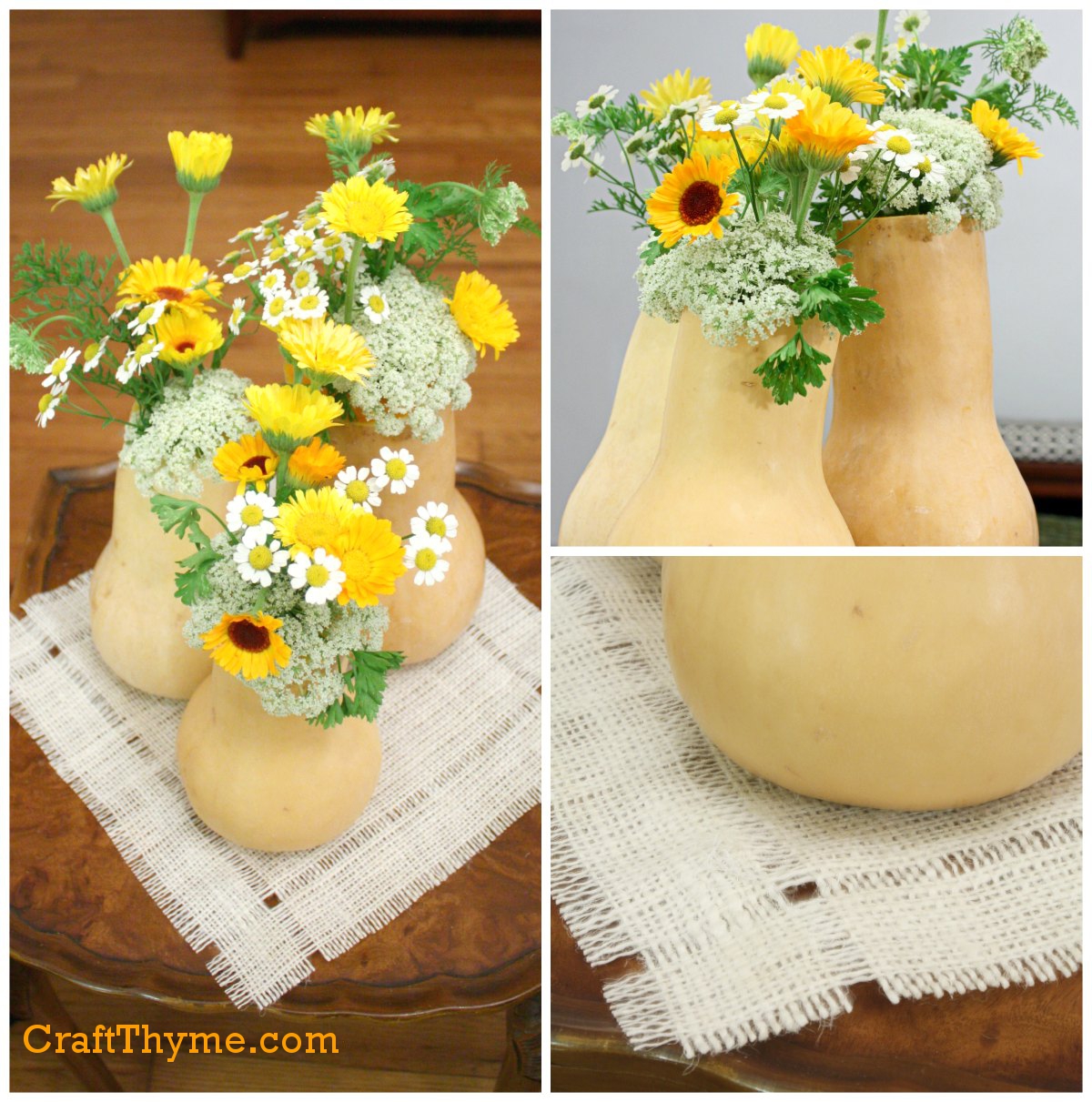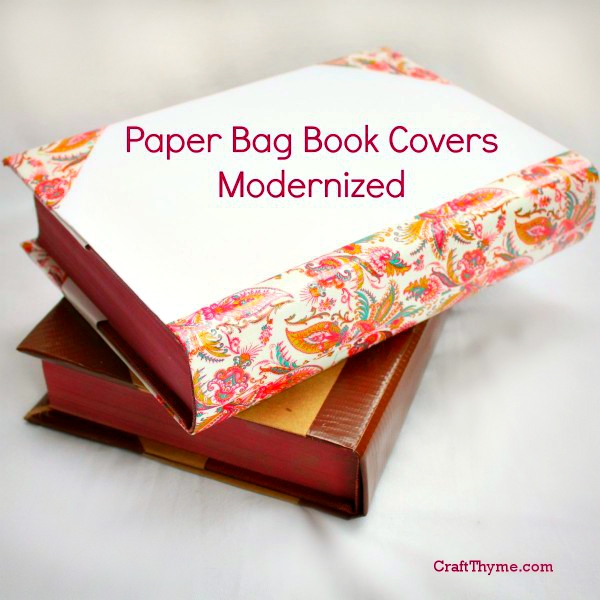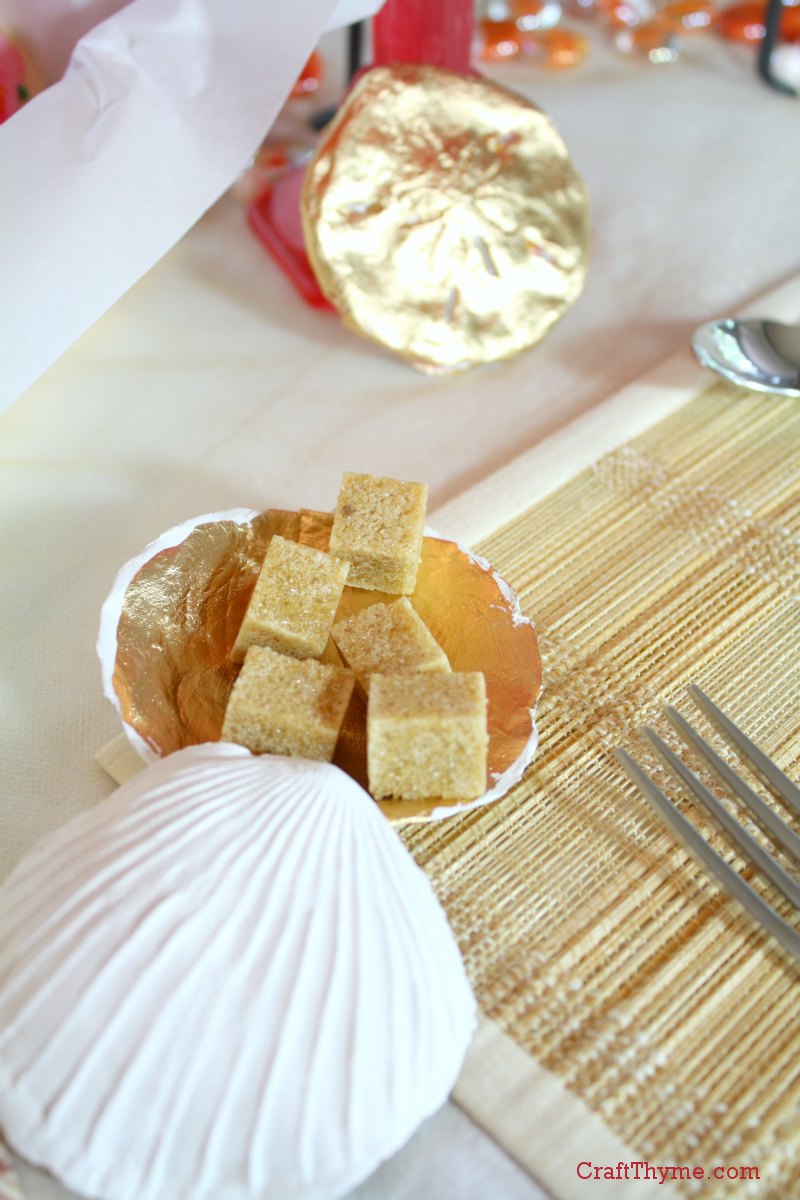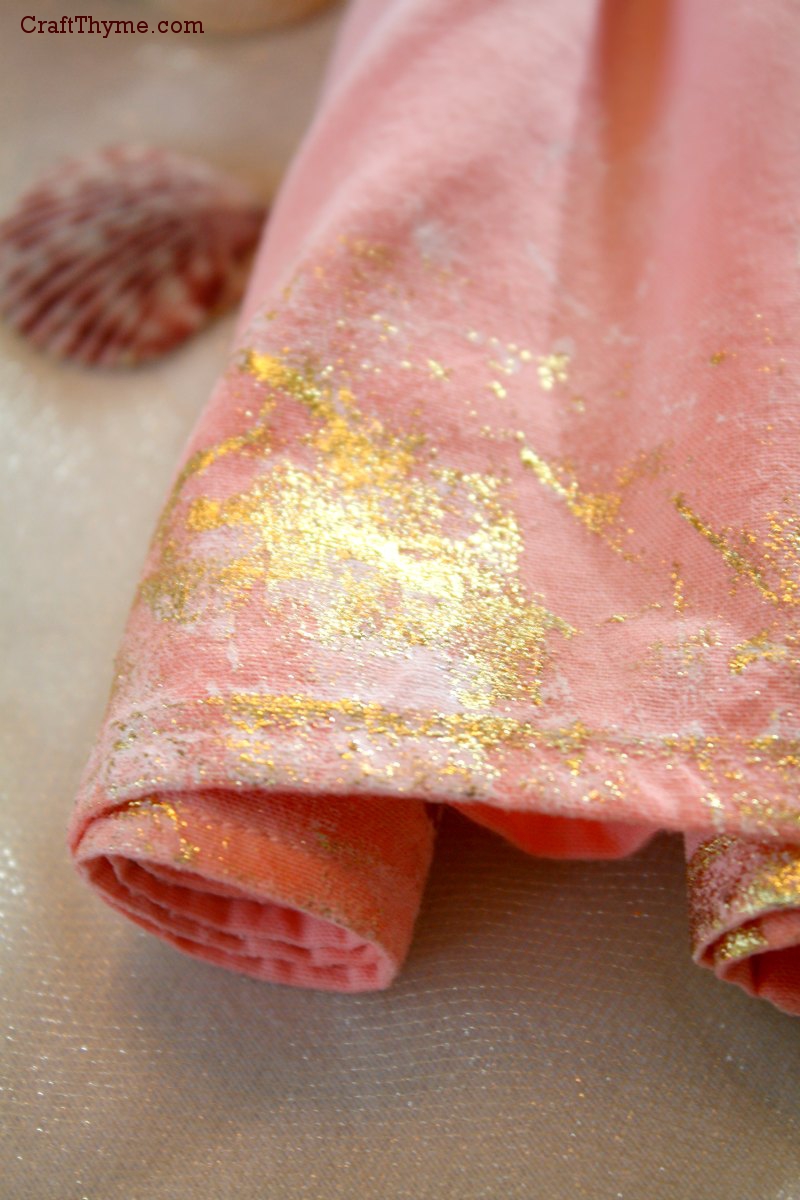
The cool air at night just gets me all excited for Fall! It is my absolute favorite season (though followed closely by spring). To celebrate the foreseen end to the humidity and heat of summer I added some autumn decor to the side table.
Why yes, I am so glad you asked, those ARE butternut squash vases. I have had a glut of butternut and self seeded calendula. Since it really isn’t time to bring out the ‘full on fall’ (though I really want to) items I tried to keep the arrangement summery by using yellow calendula (I had orange and cream too), carrot blossoms (since I was lazy and let some go to seed), feverfew, and parsley.
The trio looked a little lonely so I got a scrap of white burlap to ground the arrangement. I pulled out some strands in the burlap to mimic a pulled linen look and add a little visual interest. I kind of want to make place mats from burlap since it was so easy to create.
I love using vegetables and fruit in decorating! At my wedding in the early 2000’s my Uncle flew in from Washington State (we live in NC) and proceeded to core an ungodly number of apples and mini pumpkins to use as candle holders on my tables while we rehearsed the wedding. They looked amazing and I have been hooked on fruit and vegetables ever sense.
If you would like some tips on making them into water tight vases see Thursday’s Tutorial by clicking here. (available 8/29)
Enjoy these articles? Get periodic updates by joining my mailing list (no spam, no way, no how) or subscribing to my RSS feed.
See more great decorations, decor, and DIY at these link parties: My Snippets of Inspiration, Yellow Bliss Road























